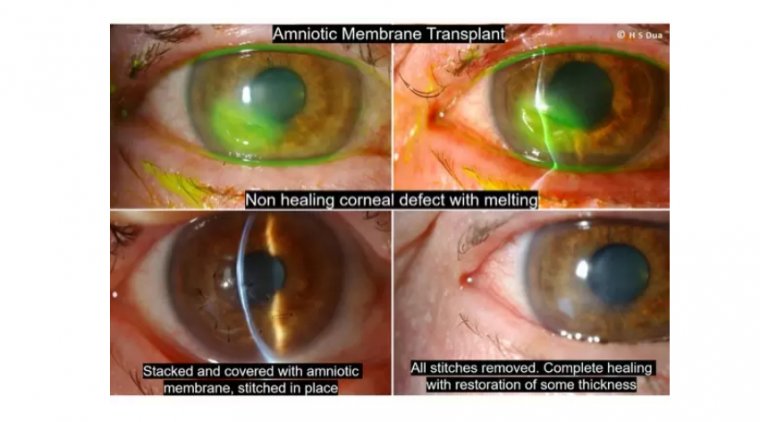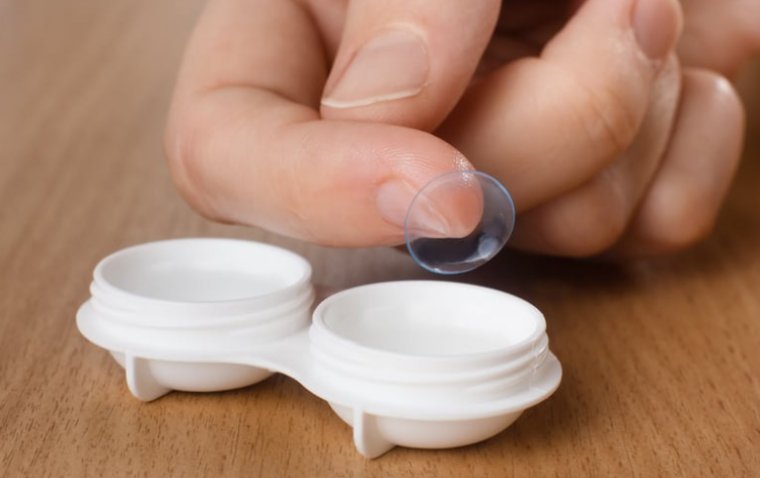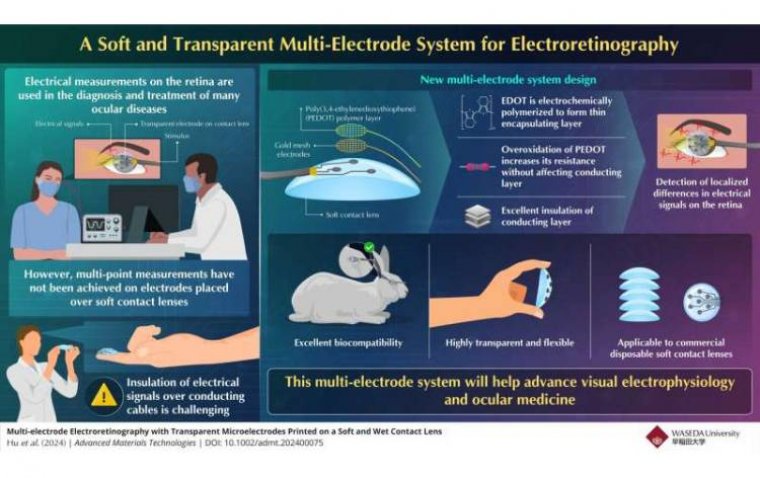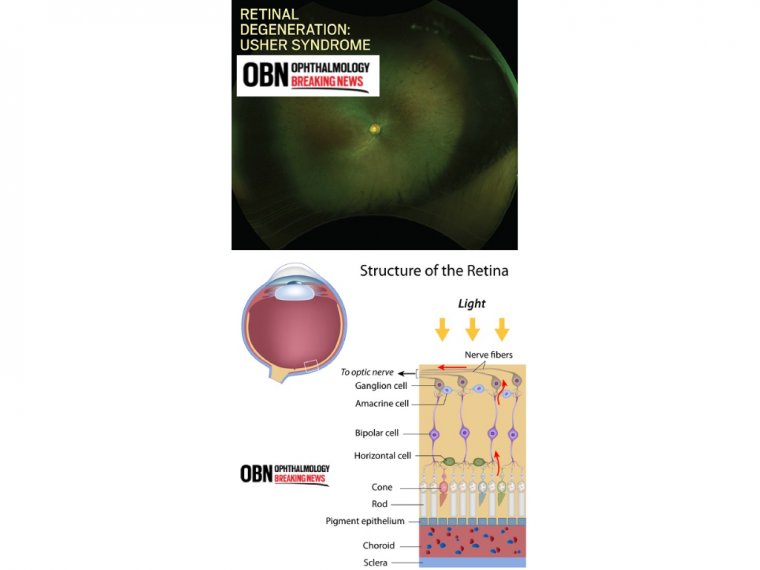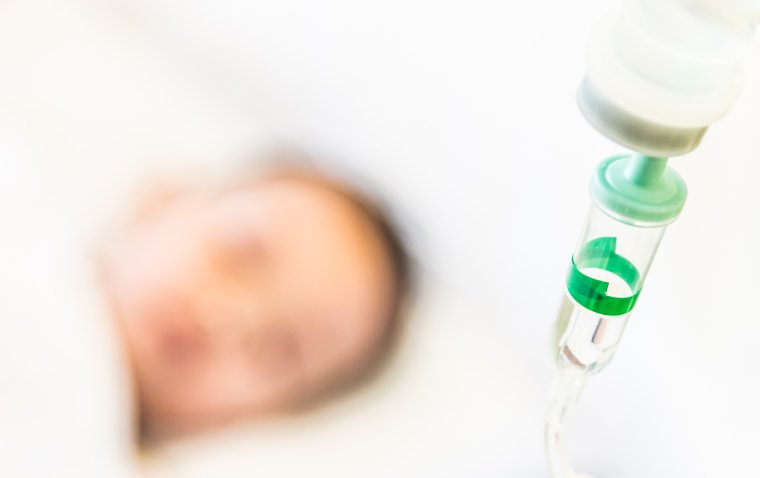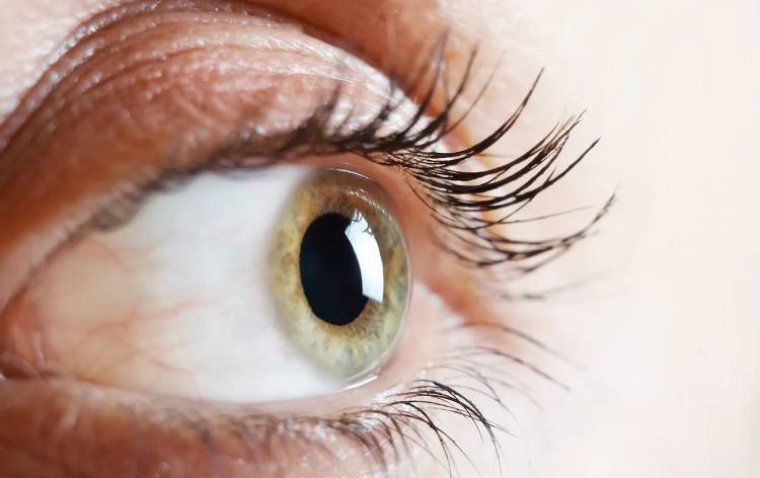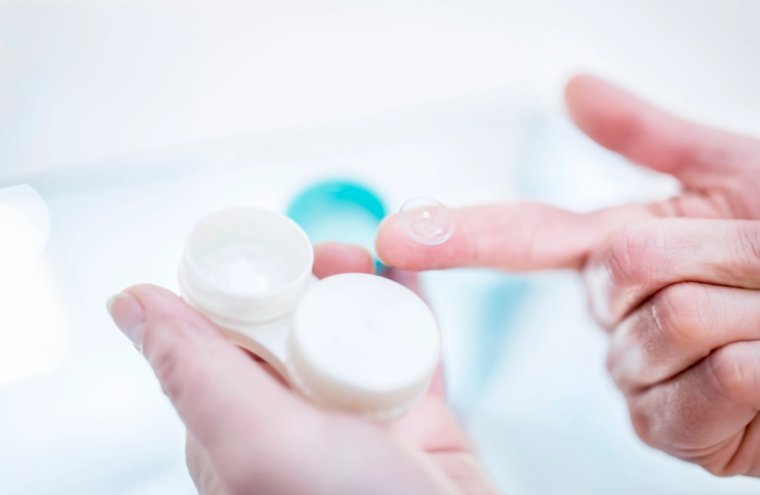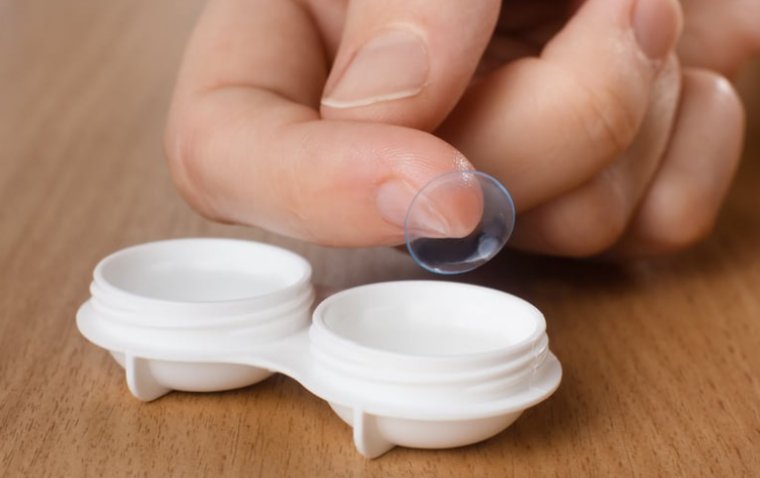
New App Offers Clinically Proven Blinking Exercises to Relieve Dry Eye Symptoms
Professor James Wolffsohn, an optometrist and head of Aston University’s School of Optometry, has developed a clinically validated blinking exercise routine to relieve symptoms of dry eye disease. His team’s findings, published in Contact Lens and Anterior Eye, have led to the creation of a free mobile app, MyDryEye, designed to guide and track patients through their blink training regimen.
A Widespread Condition with Lifestyle-Linked Triggers
Dry eye disease affects approximately one-third of adults and one in five children. It arises when the eyes either do not produce enough tears or the tear quality is poor. Common symptoms include:
• Gritty or itchy sensations
• Watery eyes
• Transient blurred vision
This condition is especially prevalent among older adults and can be worsened by environmental and behavioral factors such as air conditioning, dust, wind, screen use, and incomplete blinking.
Defining the Optimal Blinking Routine
Although blink exercises have long been recommended for dry eye relief, the optimal technique had not been clearly established. Professor Wolffsohn’s team conducted two studies to fill this gap:
• The first study enrolled 98 participants, randomly assigned different blinking exercises.
• The second involved 28 participants to further assess the routine's efficacy.
Findings revealed that the most effective exercise was a “close–squeeze–blink” cycle, repeated 15 times, three times per day. This routine significantly reduced symptom severity and frequency during the treatment period. However, symptoms returned to baseline within two weeks of stopping, confirming the need for consistent practice.
MyDryEye: App-Based Support for Daily Blinking Therapy
Following the development of the blinking protocol, Professor Wolffsohn collaborated with engineer Alec Kingsnorth and business manager Mark Nattriss of Wolffsohn Research Ltd to build the MyDryEye app. Available for free on Android and iOS, the app offers:
• Symptom tracking
• Risk factor assessment
• Treatment reminders
• Compliance monitoring
• Science-based blinking exercises
• Access to nearby specialists
“This research confirmed that blink exercises can be a way of overcoming the bad habit of only partially closing our eyes during a blink, which we develop when using digital devices,” Professor Wolffsohn noted. “The research demonstrated that the most effective way to do the exercises is three times a day, 15 repeats of close, squeeze shut and reopen—just three minutes in total out of your busy lifestyle.”
A Complementary Tool in Dry Eye Management
While effective on its own, blink training is most beneficial when incorporated into a broader dry eye treatment program, which may also include:
• Lipid-based artificial tears
• Omega-3 supplementation
• Warm compress therapy
MyDryEye serves as an accessible, science-backed tool to support patient adherence and symptom relief in the ongoing management of dry eye disease.
Reference:
James S. Wolffsohn et al, Optimisation of blinking exercises for dry eye disease, Contact Lens and Anterior Eye (2025). DOI: 10.1016/j.clae.2025.102453
(1).jpg)

